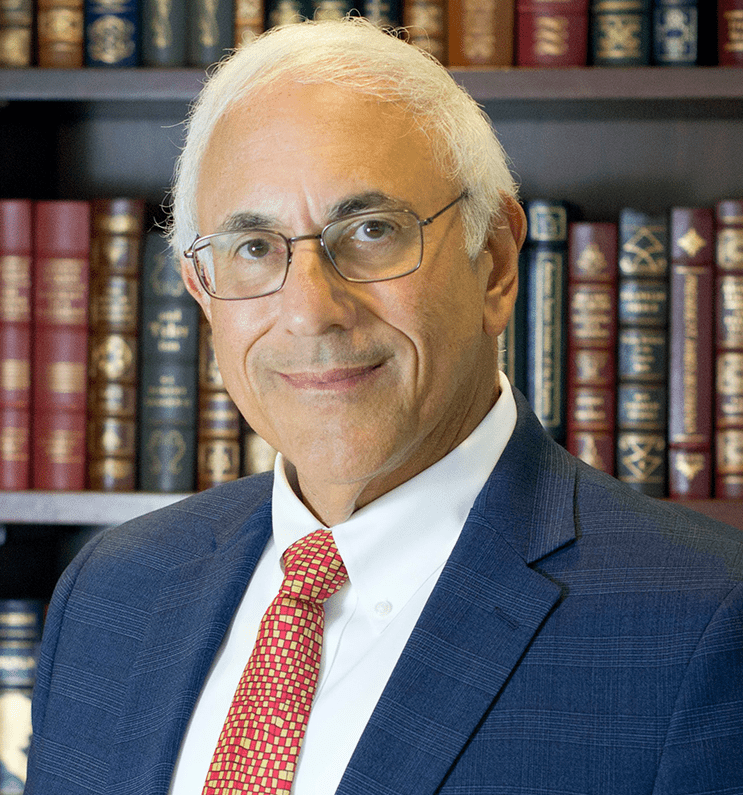Key Cases to Watch During the Supreme Court’s November Sitting

The U.S. Supreme Court’s November sitting begins on November 3 and concludes on November 12, 2025. During that period, the justices are scheduled to consider several important cases involving issues ranging from tariffs to religious rights. The Court is also poised to decide whether to revisit its stance on same-sex marriage when it considers whether to grant certiorari in Davis v. Ermold on November 7, 2025. The petition expressly asks the justices to overturn their landmark decision in Obergefell v. Hodges, 576 U.S. 644 (2015).
Below are some key cases to watch during the Court’s November sitting:
- Landor v. Louisiana Department of Corrections and Public Safety: Two federal statutes protect religious exercise: the Religious Freedom Restoration Act of 1993 (RFRA) and the Religious Land Use and Institutionalized Persons Act of 2000 (RLUIPA). In Tanzin v. Tanvir, 592 U.S. 43 (2020), the Supreme Court held that an individual may sue a government official in his individual capacity for damages for violations of RFRA. RLUIPA’s relevant language is identical. The question before the Court is whether an individual may sue a government official in his individual capacity for damages for violations of RLUIPA.
- Hencely v. Fluor Corporation: Former U.S. Army Specialist Winston T. Hencely was critically and permanently injured by a suicide bomber inside Bagram Airfield in Afghanistan. The bomber, Ahmad Nayeb, worked on base as a government contractor for the Fluor Corporation. Invoking Boyle v. United Technologies Corp., 487 U.S. 500 (1988), the Fourth Circuit Court of Appeals held that Hencely’s state law claim is preempted under the Federal Tort Claims Act (FTCA) exception immunizing the government for “[a]ny claim arising out of the combatant activities of the military or naval forces … during time of war.” The decision reaffirmed a 3-1-1 split among the Second, Third, Fourth, Ninth and D.C. Circuits over Boyle’s reach when contractors defend against state tort claims by invoking §2680(j). The question before the Court is “[s]hould Boyle be extended to allow federal interests emanating from the FTCA’s combatant-activities exception to preempt state tort claims against a government contractor for conduct that breached its contract and violated military orders?”
- The Hain Celestial Group, Inc. v. Palmquist: Citizens of Texas filed a products-liability suit in state court against Hain Celestial Group, Inc., then a citizen of Delaware and New York, and Whole Foods, Inc., a citizen of Texas. Hain removed based on diversity jurisdiction, arguing that Whole Foods should be dismissed as fraudulently joined. The district court agreed, dismissing Whole Foods with prejudice. After two additional years of federal-court litigation and a two-week jury trial, the district court granted judgment as a matter of law to Hain. On appeal, without ruling on the merits, the Fifth Circuit Court of Appeals held that the district court erred in dismissing Whole Foods, vacated the final judgment, and ordered the matter remanded to state court to start from scratch. Relying on Respondents’ post-removal amended complaint, the panel held, in conflict with several other courts of appeals, that the district court lacked jurisdiction to enter judgment as to the completely diverse parties before it. The question before the Court is “[w]hether a district court’s final judgment as to completely diverse parties must be vacated when an appellate court later determines that it erred by dismissing a non-diverse party at the time of removal.”
- Learning Resources, Inc. v. Trump (consolidated with Trump v. V.O.S. Selections): The most anticipated case of the month involves the Trump Administration’s tariff policy. The International Emergency Economic Powers Act (EEPA) permits the President, upon a valid emergency declaration, to “investigate, block during the pendency of an investigation, regulate, direct and compel, nullify, void, prevent or prohibit, any acquisition, holding, withholding, use, transfer, withdrawal, transportation, importation or exportation of, or dealing in, or exercising any right, power, or privilege with respect to, or transactions involving, any property in which any foreign country or a national thereof has any interest[.]” Until now, no President in IEEPA’s nearly 50-year history has ever invoked it to impose tariffs. The question before the justices is “[w]hether IEEPA authorizes the President to impose tariffs.”
Decisions in all of the cases are expected by the end of the term in June/July 2026. Please check back for updates.
Previous Articles
Key Takeaways from Oral Arguments in Court’s Controversial Voting-Rights Case
by DONALD SCARINCI on November 12, 2025
The U.S. Supreme Court recently heard oral arguments in Louisiana v. Callais, which involves a key ...
Key Cases to Watch During the Supreme Court’s November Sitting
by DONALD SCARINCI on November 5, 2025
The U.S. Supreme Court’s November sitting begins on November 3 and concludes on November 12, 2025...
SCOTUS Clears Way to Terminate Protected Status for Venezuelan Nationals
by DONALD SCARINCI on October 29, 2025
On October 3, 2025, the U.S. Supreme Court granted an emergency request from the Trump Administrati...
The Amendments
-
Amendment1
- Establishment ClauseFree Exercise Clause
- Freedom of Speech
- Freedoms of Press
- Freedom of Assembly, and Petitition
-
Amendment2
- The Right to Bear Arms
-
Amendment4
- Unreasonable Searches and Seizures
-
Amendment5
- Due Process
- Eminent Domain
- Rights of Criminal Defendants
Preamble to the Bill of Rights
Congress of the United States begun and held at the City of New-York, on Wednesday the fourth of March, one thousand seven hundred and eighty nine.
THE Conventions of a number of the States, having at the time of their adopting the Constitution, expressed a desire, in order to prevent misconstruction or abuse of its powers, that further declaratory and restrictive clauses should be added: And as extending the ground of public confidence in the Government, will best ensure the beneficent ends of its institution.





